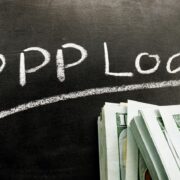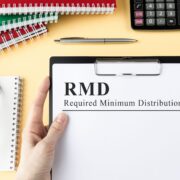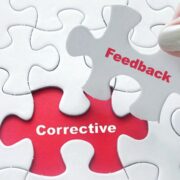Refinancing can save you a great deal of money, so it’s worth trying once again. Here’s how to put yourself in a better position before reapplying.
With a fixed rate of interest as low as 3%, it’s a fantastic time to refinance private trainee loans. Other than if you can’t.
Mario Martinez, a 29-year-old from Houston, owes approximately $130,000 in personal student loans and hoped that refinancing might minimize the $1,600 he pays monthly.
“I ‘d lastly have some wiggle space to do additional things I wished to do,” he states.
However, he hasn’t discovered a loan provider he qualifies with. So he’s put this intend on hold, even though his six-figure debt is accumulating interest at 12%.
If you’ve likewise been rejected for refinancing– or believe you maybe– keep trying if this choice might save you money. Here’s how to put yourself in a better position prior to applying.
Understand Your Eligibility
If you’re not exactly sure whether you’ll qualify for student loan refinancing, start by taking a look at loan providers’ eligibility criteria. The majority have comparable baselines: generally a FICO credit history in a minimum of the high 600s, a debt-to-income ratio below 50%, and steady income.
Other requirements will vary by lender. For example, lots of desire customers who have finished, frequently with a minimum of a bachelor’s degree. Most won’t accept noncitizens; that aspect added to Martinez’s rejection.
“Because of my status as a non-U.S. citizen, I wasn’t able to go through the usual channels of refinancing,” he says.
However, these policies aren’t universal. For instance, refinance loan providers Brazos College and Citizens Bank accept global trainees if they have an eligible U.S. resident co-signer.
Research study-specific student loan refinances lenders to find ones that meet your specific requirements. See if those lenders will let you pre-qualify. That way, you’ll understand if you’re likely to be approved– and at what rate– without duplicated credit checks affecting your credit history.
Examine Your Credit History
You might likewise be rejected for student loan refinancing because of your credit rating. Get a complimentary copy of your credit report at annualcreditreport.com to recognize prospective obstructions. Some may be obvious, like a recent personal bankruptcy.
Kaitlyn Coyle, 32, of Montgomery County, Pennsylvania, wished to refinance her roughly $33,000 variable rate personal loan into a fixed rate. However, her application was denied, in part, due to the fact that of the medical financial obligation that had remained in collections.
“I was certainly upset,” she states. “I paid those accounts off.”
If old accounts are affecting your credit, one alternative is to send a goodwill letter to ask for their elimination. Coyle attempted to do this but couldn’t discover a way to contact the loan holder.
You might file a disagreement with the credit bureau in such instances, states Eric J. Ellman, senior vice president of public policy and legal affairs for the Consumer Data Market Association.
“You can dispute anything you wish to,” he states.
You can start the disagreement procedure online, by mail, or over the phone. If you’re not satisfied with its result, Ellman says, you can put a 100-word declaration on your report to discuss your scenario. That may help your approval opportunities.

Listen to the Lending institution
A loan rejection is ultimately as much as the loan provider’s requirements and discretion. Nevertheless, the lender needs to send you what’s understood as an “adverse action notification” that describes its thinking.
Ellman says the factors on these notices aren’t standardized however frequently fall into similar containers, like having a lot of open line of credit, not adequate earnings, or too much financial obligation.
You’ll likely get your unfavorable action notice by email or mail.
After a lender problems an unfavorable action, you’re also entitled to a totally free copy of your credit report for 60 days. Verify your report to make sure the accuracy of all the info.
If whatever appears excellent with your credit or the negative action notice is uncertain, connect to the loan provider.
“Go to the source,” states Barbara Thomas, a chief running officer of Education Loan Finance Inc., or ELFI. “Make certain you understand the exact reason why you’re being rejected.”
She worries that loan providers should comply with federal and state regulations regarding prejudiced financing. But she says organizations must likewise make sound financial choices.
“As a customer, you think that you must get whatever loan you apply for,” Thomas says. “However at the end of the day, lending institutions require to be rewarding to remain in the organization.”
Take Necessary Action
If you find out-of-date or inaccurate info on your credit report, conflict it with the credit bureau. If your financial circumstance is what’s holding you back, make a plan to resolve potential problem areas.
For instance, if you have a lot of open lines of credit, think about consolidating or closing some. If you’re bringing a lot of debt, attempt to settle some accounts before you reapply.
Thomas states that altering your current monetary circumstance in a brief period of time can be difficult. If you wish to make the most of low rates now and have been rejected for a loan by yourself, consider using it with a co-signer.
That person will be responsible for your loan, so don’t take this action gently. Research study a lending institution’s co-signer release policy and keep dealing with your financial resources so you can reapply in the future on your own.
“You constantly have the possibility to refinance again without the co-signer when you return on your feet once again,” Thomas states.
























Comments